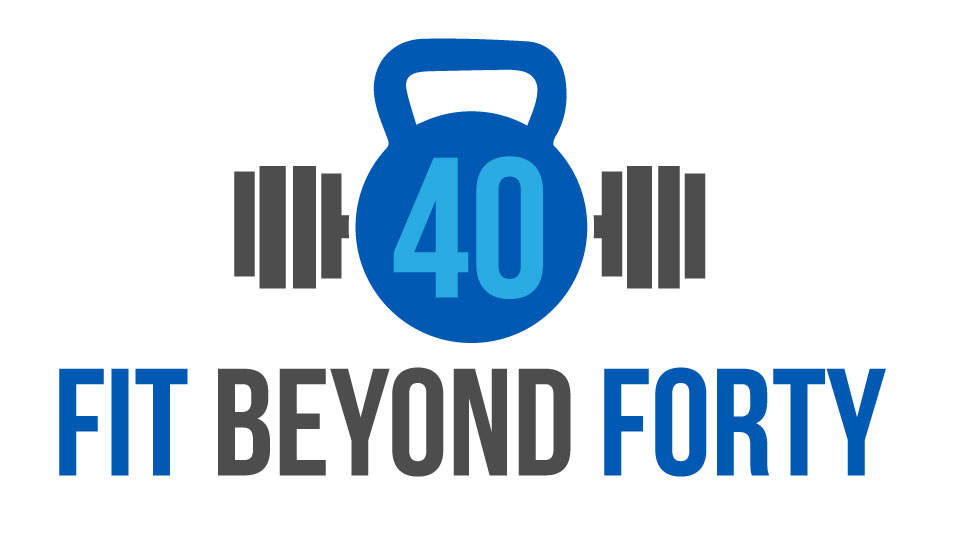You may have had the experience of going on a walk then unexpectedly catching your foot on a rise in the sidewalk. Sometimes people trip because of shuffling: dragging their feet while they walk. Some reasons for shuffling include stiff ankles, problems with balance, and arthritis or joint stiffness that makes it difficult to raise the knees. Try out these stretch, strengthening, and agility exercises. Then enjoy your stroll!
Upper and Lower Calf Stretches
Stiff calves make it difficult to lift the toes as one steps.
Upper Calf Stretch.
Stand about three feet from a wall and put your right foot behind you. Point your toes forward. Keep your heel on the ground and lean forward with your right knee straight. Hold this stretch for 30 to 60 seconds. Repeat on the other leg.
Lower Calf Stretch.
Stand away from a wall and put your right foot behind you and place your left toe about six inches before the wall. Lean forward at the ankle while bending the left knee. Hold this stretch for 30 to 60 seconds. Repeat on the other leg.
Seated toe raise
To lift your toes while you walk you need to increase the strength in the muscles of your feet. Here’s a simple exercise to strengthen those muscles.
Sit on the edge of a sturdy chair with your knees at right angles and your feet flat on the floor. Sit up straight with your shoulders back. Keeping your heels on the floor, raise your toes up off the ground as far as you can. Hold the position for three seconds, then slowly lower. Repeat 20 to 30 times.
Step to balance
Now that your ankles are stretched and the muscles of your feet are strong, you want to make sure you are lifting your feet by raising your knees while keeping well balanced.
Stand in front of a step or a box and step up onto it with one leg. Move the opposite hip and knee into a flexed position and hold for a few seconds. Move the lifted leg back down to the ground and follow with the balance leg. Alternate steps.
Cariocas
You can do this exercise without a ladder.
A key aspect of risk free walking is to move with good agility in different directions. The Carioca exercise helps you move sideways while rotating your hips. You’ll need at least 15 feet to effectively do this exercise.
Standing with your feet shoulder-width apart (the starting position), push off with the left foot and bring it towards the right foot. Cross the left foot behind the right foot and plant it on the ground. Move the right foot laterally. Cross the left foot in front of the right foot and plant it on the ground. Move the right foot laterally so you return to the starting position. Reverse the steps to perform this drill while moving to the left.









